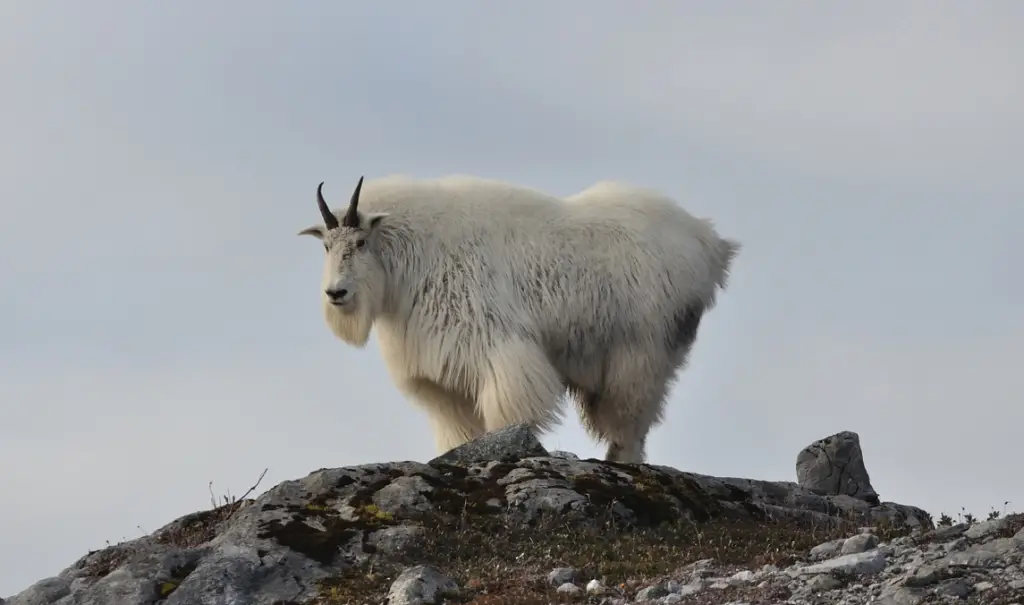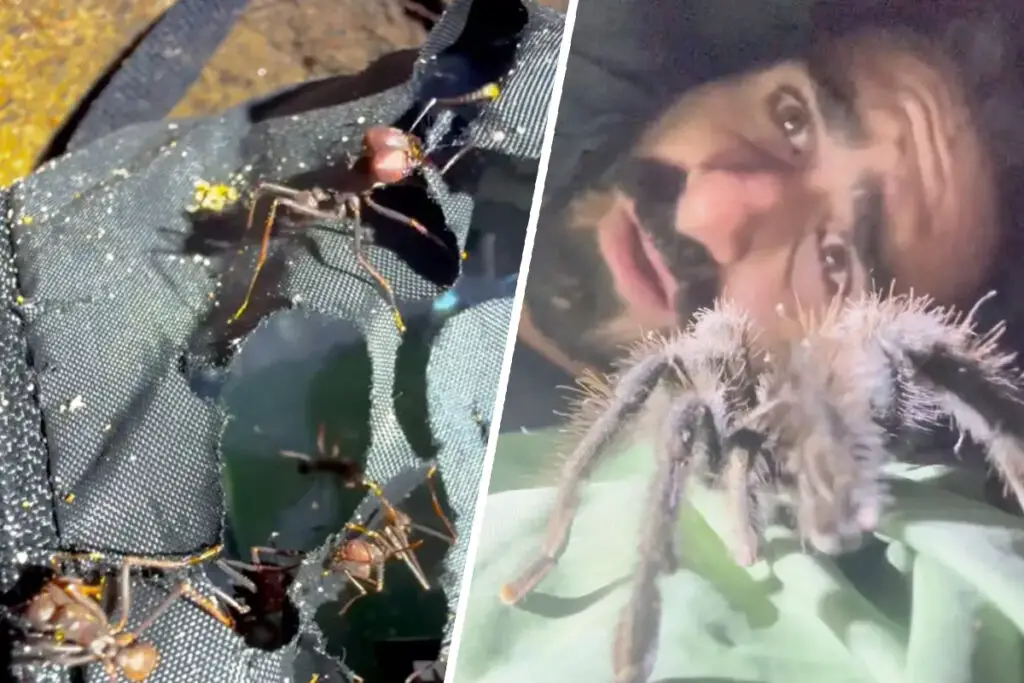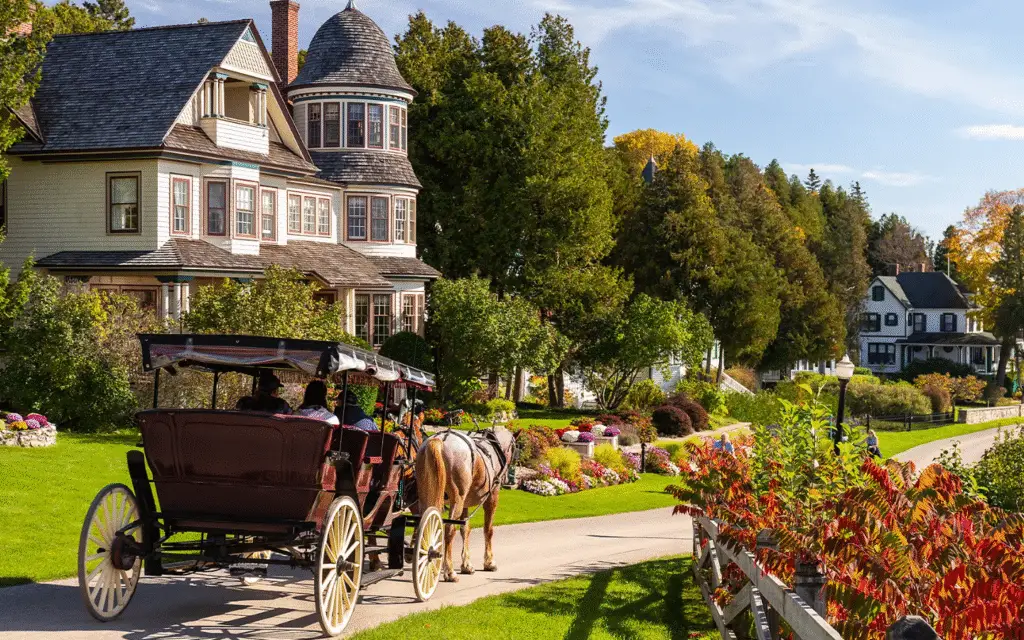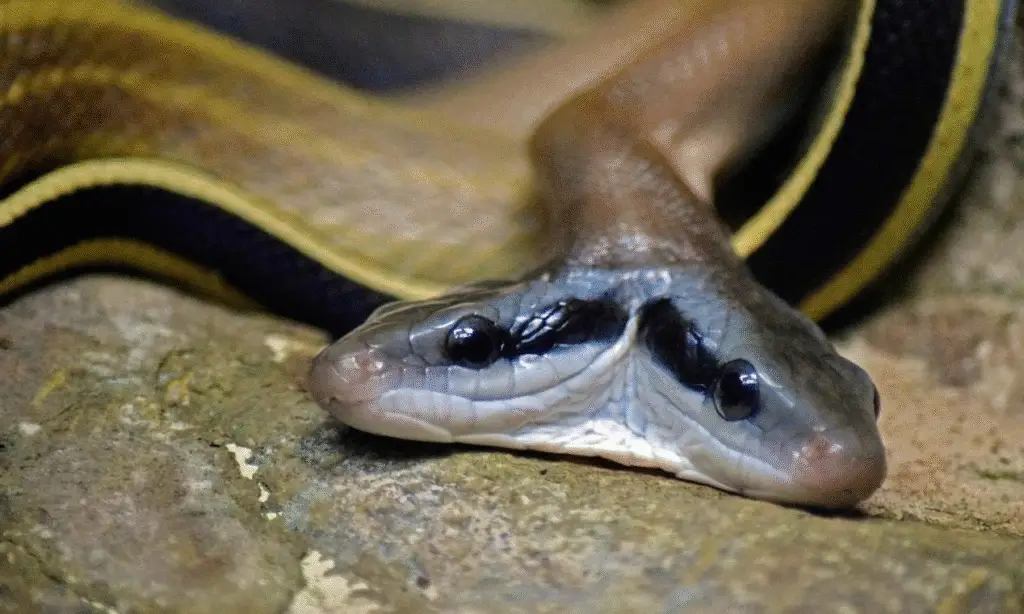Mountain Goats vs. Domestic Goats: Are mountain goats really goats?

Picture this: A shaggy, white-coated animal scales a near-vertical cliff in the Rockies, defying gravity with the ease of a seasoned rock climber.
Now imagine your average farm goat trying to pull off the same stunt.
Spoiler: It’d be like comparing a skateboard to a high-tech climbing harness.
Mountain goats, despite their name, aren’t true goats at all.
Let’s unpack why these alpine acrobats are more like evolutionary cousins twice removed — and what makes them one of nature’s most misunderstood mammals.
Taxonomy Tangle: The “Goat-Antelope” Identity Crisis
First off, let’s clear the air: Mountain goats (Oreamnos americanus) are imposters in the goat world.
True goats, like the domestic breeds we milk and herd, belong to the genus Capra. Mountain goats?
They’re the lone species in the Oreamnos genus, making them closer relatives to chamois and gorals than your backyard Billy.
“It’s a classic case of mistaken identity,” says wildlife biologist Kevin White, who’s studied mountain goats for over two decades.
“They’re goat-antelopes — a unique blend of traits that evolved for survival in extreme environments”.
Even their scientific name, Oreamnos americanus (Greek for “mountain lamb”), is a misnomer.
As one researcher joked, “Calling them goats is like calling a panda a raccoon — they’re just built different”.
Built for the Brink: Anatomy of a Cliffhanger

Mountain goats are the Ferraris of vertical terrain.
Their bodies are engineered for cliffs, with muscular shoulders that make up 30% of their mass — perfect for hauling 300-pound frames up 60-degree slopes.
Compare that to domestic goats, which top out at around 200 pounds and lack the same brute strength.
Then there’s the footwear. Mountain goat hooves are next-level: split toes with rubbery pads that act like suction cups, plus sharp dewclaws for grip.
“It’s like they’re wearing custom-built climbing shoes 24/7,” says White. Domestic goats? Their hooves are better suited for trotting across pastures than conquering icy rock faces.
Their horns tell another story. Both sexes sport black, dagger-like horns, but unlike domestic goats (which use theirs for head-butting), mountain goats opt for stabbing motions in conflicts.
“Imagine a fencing match on a cliff edge,” says White. “They’ve evolved to avoid full-on brawls because one wrong move could mean a deadly fall”.
Survival Mode: From Diets to Deadly Slopes
While domestic goats munch on hay and garden shrubs, mountain goats are the ultimate survivalists.
Their menu includes lichens scraped off rocks, Douglas fir needles, and even toxic plants most animals avoid.
In winter, they’ll paw through six feet of snow to reach buried mosses — a far cry from the cozy barn meals of their domestic counterparts.
But life on the edge comes with risks. Avalanches kill more mountain goats than predators, claiming up to 7% of some populations annually. “It’s brutal irony,” says White.
“Their cliffside homes protect them from wolves, but one snowslide can wipe out prime-aged adults in seconds”. Domestic goats? Their biggest threats are usually coyotes — or escaping the pasture for your rose bushes.

Social Dynamics: Lone Wolves vs. Nursery Squads
Forget the herd mentality.
Mountain goat social structures are more like “mom groups with occasional dude hangouts.” Females (nannies) form tight-knit nursery bands, while males (billies) roam solo or in small bachelor groups outside mating season.
During rutting season, billies don’t battle like domestic goats — they’ll trail a female for days, doing awkward courtship stretches that look like “yoga meets a bad pickup line”.
Domestic goats, by contrast, thrive in hierarchical herds.
“You’ll see clear pecking orders and constant head-butting,” says rancher Jake Thompson of Wyoming.
“Mountain goats? They’re more like ‘you do you’ introverts — until someone steals their lichen patch”.
Climate Crisis: The Alpine Squeeze
Here’s where things get grim.
While domestic goats adapt easily to farm life, mountain goats face a existential threat: climate change.
Rising temperatures are pushing tree lines higher, shrinking their alpine habitats by up to 50% in some regions.
In Washington’s Cascades, populations have plummeted 30% since 2016 due to harsher winters and drought.
“They’re stuck between melting glaciers and invading forests,” says conservationist Dr. Lisa Marlow.
“Unlike domestic goats, they can’t just be moved to new pastures — their survival is tied to vanishing ecosystems”.
The Human Factor: From Nuisance to Conservation Icon
Domestic goats have been human companions for 10,000 years, but mountain goats? They’re wildlife managers’ nightmare — and ecotourism’s darling.
In Washington’s Olympic National Park, aggressive “salt-craving” goats once gored hikers, leading to a controversial relocation program.
Yet in Alaska, they’re a $50M ecotourism draw, with visitors flocking to see their cliffside ballets.
“It’s a love-hate relationship,” admits park ranger Mark Simmons. “They’re awe-inspiring until one decides your backpack sweat is today’s salt lick”.
Genetic Oddities: The Immunity Edge

Recent studies reveal another bizarre difference: Mountain goats have freakishly robust immune systems.
Unlike domestic goats (which fall prey to parasites like barber pole worm), wild mountain goats thrive in bacteria-rich environments.
“Their guts are like Fort Knox,” says microbiologist Dr. Emily Zhou. “We’re studying their microbiome for clues to antibiotic resistance”.
Yet this resilience has limits. Introduced populations in places like Colorado’s Black Hills struggle with novel pathogens, proving that even evolution’s masterpieces have vulnerabilities.
Cultural Legacy: From Tribal Art to Viral Memes
While domestic goats star in children’s books and cheese ads, mountain goats hold mythic status for Indigenous communities.
Tlingit and Haida tribes prize their wool for weaving — a single sweater requires hair from 30 goats.
Meanwhile, internet fame has struck: YouTube videos of goats defying physics regularly rack up millions of views.
“They’re the extreme athletes of the animal kingdom,” says filmmaker Derek Johnson. “No CGI needed”.
Yet this spotlight has downsides. Social media hikers often approach too close, triggering dangerous habituation. “A selfie isn’t worth a horn through the thigh,” warns Thompson.
From taxonomic mix-ups to climate battles, mountain goats prove that names can be deceiving.
These cliff-dwelling marvels — equal parts rugged and fragile — remind us that nature’s boundaries are often blurrier than a taxonomy textbook suggests.
Next time you spot one on a postcard, remember: That’s not a goat. That’s a survival artist rewriting the rules of life on the edge.
































